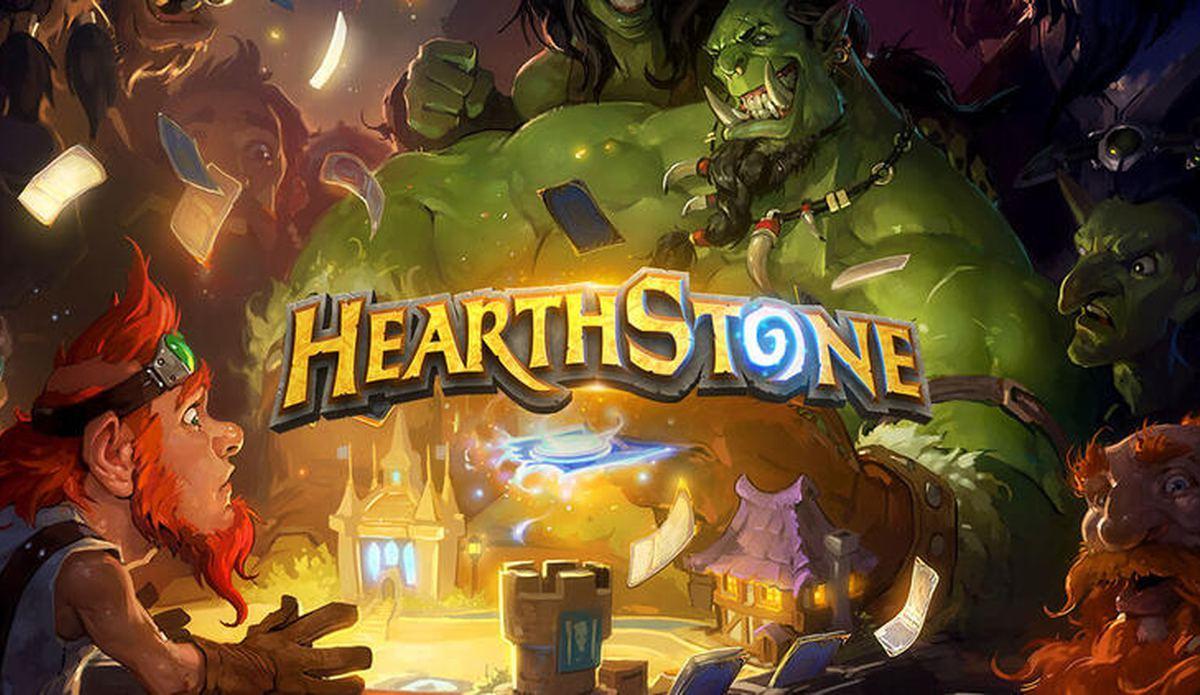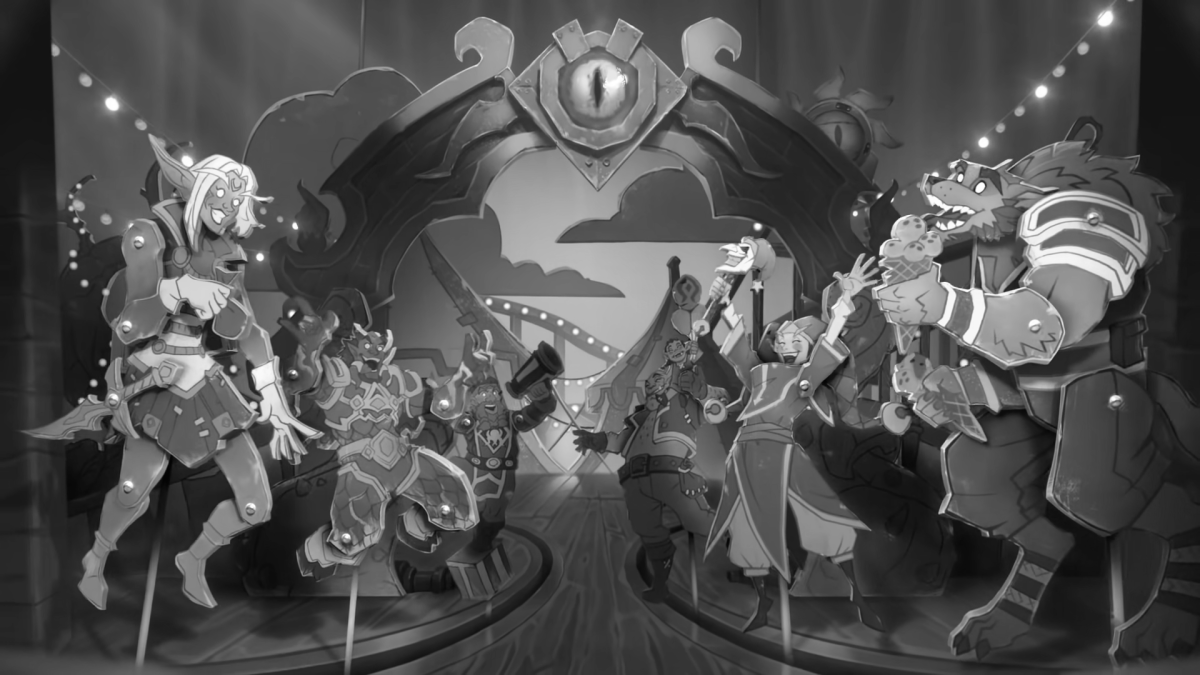With each new Hearthstone set release, fans of the game around the world are looking to budget either their money or their in-game dust to decide what kind of decks they can go for in the new metagame. It’s rare to see someone craft a full set with just Dust since those completionists usually either have a ton of reserve in-game gold or enough real-life currency to splash on the pre-orders.
Still, it’s interesting to crunch the numbers and get an up-to-date look at a set’s dust costs in 2022, also known as the Year of the Hydra in Hearthstone terminology: after all, these expansion releases are not at all like the original ones, with ten classes instead of nine, two-class Legendaries instead of just one, and slightly more cards in total.
Hearthstone dust costs: a deep dive
Counting up the totality of the cards released under the Fractured in Alterac Valley expansion serves as a great starting point. It has the same number of cards released as the new Voyage to the Sunken City set, but it already has a released mini-set as well for us to calculate with.
Right now, a full set (not including the mini-set cards) has 100 Commons, 70 Rares, 50 Epics, and 25 Legendaries. This counts two copies of every non-Legendary card: a quick check shows that 50+35+25+25 does indeed add up to the advertised 135 cards in a new set. The mini-set brought 30 Commons, 30 Rares, two Epics, and four Legendaries in total to bolster these numbers.
Once you add everything up (including the Onyxia’s Lair cards), you end up with an eye-popping total dust cost of 82,400. If you didn’t open a single pack, got none of the in-game rewards, and otherwise dumped zero gold into your new expansion experience, this is how much it would take you to get every single card.
This is, however, not a realistic proposition, so we can chop off a bit from this massive number, starting with the mini-set.
Hearthstone mini-sets: still a great value for money (and gold)
This isn’t the end of the road either: this calculation also includes the cost of the cards from the mini-set, which is something else we can also discount. The Onyxia’s Lair mini-set’s cards total up to 11,400 Dust (keep in mind that the various classes have cards of different rarities here: some have two Commons and one Rare, others have two Rares and one Common, some have a class Legendary to mess up the math even further), which means it is still incredibly efficient to pick it up with gold. Even as a casual player, you should be able to rely on this purchase without spending any money. This leaves us with 71,000 for the main set’s 135 cards.
As you might imagine, a significant chunk of this goes into crafting all the Legendary cards from the set. Two times ten class’ legendaries plus five neutrals add up to 40,000 in crafting cost, which means that over half of the total amount is allotted to the creation of these unique one-off cards. This leaves a “mere” 31,000 for everything else in the lower rarity brackets. With an average pack offering roughly 100 dust’s worth of value, this is still a steep hill to climb, even with the new duplicate protection rules.
Still, we haven’t opened a single pack or made any progress on the Rewards Track. Looking at the first 100 levels, you will earn the following as a free-to-play player:
- Three packs from Voyage to the Sunken City
- Eight Standard packs
- One Tavern Pass
- Six Common cards (2x Tuskarrr Trawler, Treasure Guard, Baba Naga)
- Six Rare cards (2x Vicious Slitherspear, Crushclaw Enforcer, Mothership)
- Two Epic cards (2x School Teacher)
- Two Legendary cards (Ambassador Faelin, one random Legendary)
- 5,650 Gold
For simplicity’s sake, we’ll treat the Tavern Ticket here as the equivalent of a pack (imagine an 0-3 Arena run with no additional rewards), meaning 100 Dust, and we won’t differentiate between Standard packs and other packs from the Reward Track. In total, this is how much this reduces the total costs:
- 1,200 Dust from the packs and the Tavern Ticket
- 1,640 Dust from the non-Legendary cards
- 5,600 Dust from the average expected value of the 56 packs you can open with the Gold you’ve earned from the Rewards Track.
This adds up to approximately 8,440 Dust, reducing the total cost for non-Legendaries to 22,560 Dust, not having opened a single card pack other than those earned through the Rewards Track. With seasonal events and other rewards, you can nudge this number down a little bit more, but that’s impossible to calculate in advance.
Is Hearthstone (still) (too) expensive to play?
Whether this is too much or too little depends on your Gold reserves and the amount of time you’re looking to spend on the game. Still, the recent changes to the Rewards Track and the long-overdue duplicate protection should allow you to experiment with multiple viable decks over the course of an expansion’s life cycle without having to purchase the fairly expensive pre-release bundles.
At its core, Hearthstone was always more “pay-to-have-fun” and “pay-to-not-grind” than pay-to-win: anyone can make a cheap aggressive deck and pilot it with good results but having a wide variety of fun decks to choose from is a very different story. It will take a significant investment of your time or money to acquire most cards in the set, as evidenced by these dust costs. The total cost of a regular 135-card release in 2022 without the mini-set, all Legendaries included, is 71,000 Dust.
It remains to be seen what the future brings in terms of the value proposition for Hearthstone. As the game matures, the developers inevitably have to turn towards catering to the existing player base and returning players rather than continuously attracting newcomers. This is a big part of why we’ve seen additions like the duplicate protection and an improved Rewards Track. With the free Core set each year, there’s more to play around with than ever before.
This still doesn’t change the fact that Hearthstone remains an expensive game, and it entirely depends on your perspective whether this value proposition is acceptable to you. Also, with more changes to come, like a rumored potential fourth set release in each calendar year instead of the mini-sets, who knows what the future holds for the game?













Published: Apr 11, 2022 05:19 am